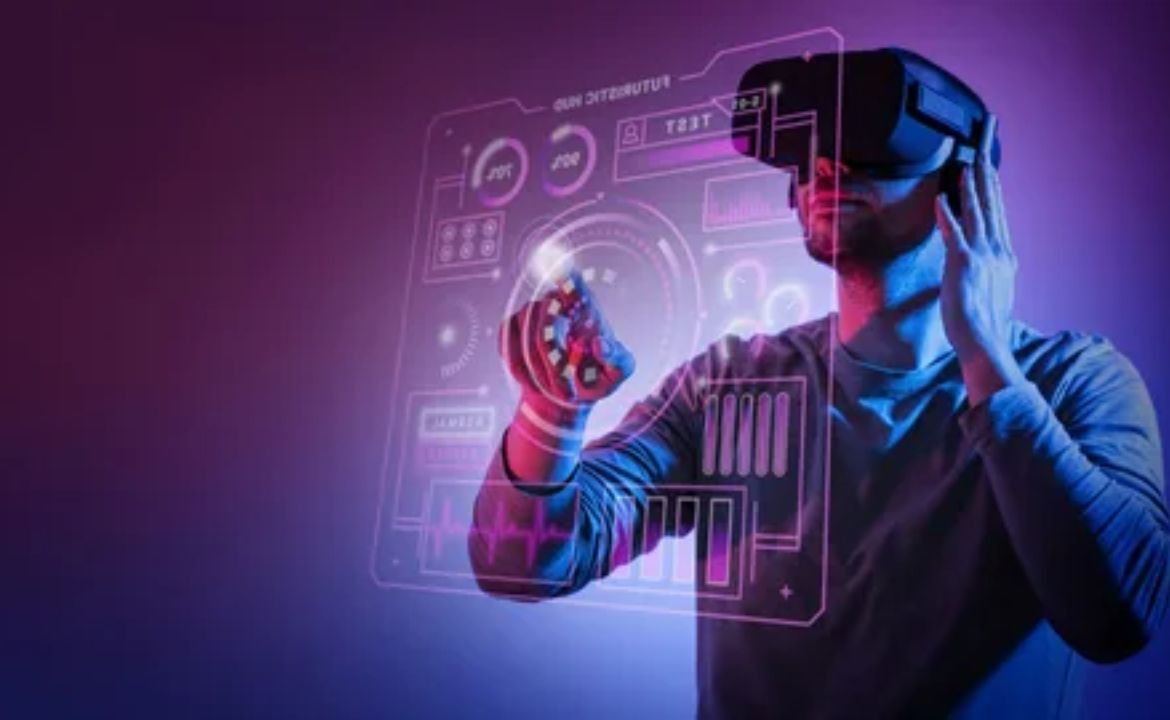As we advance deeper into 2025, the technology landscape continues to evolve at breakneck speed, reshaping how we work, communicate, and interact with the digital world. The tech trends pboxcomputers experts have identified represent a fundamental shift toward more intelligent, sustainable, and interconnected computing solutions that promise to redefine our technological future.
Artificial Intelligence Integration Reaches New Heights
The most prominent trend dominating 2025 is the unprecedented integration of artificial intelligence into everyday computing experiences. AI is no longer confined to specialized applications but has become the backbone of modern computing infrastructure. From predictive text that understands context with remarkable accuracy to AI-powered system optimization that learns user behavior patterns, these intelligent systems are transforming how we interact with technology.
Machine learning algorithms are now embedded in operating systems, automatically managing resources, predicting hardware failures, and optimizing performance based on individual usage patterns. New Software Name Mozillod5.2f5 represents a significant leap from previous reactive computing models to proactive, anticipatory systems that enhance user experience while reducing maintenance overhead.
Edge Computing Revolution
The shift toward edge computing has accelerated dramatically, driven by the need for faster processing and reduced latency in an increasingly connected world. Rather than relying solely on centralized cloud servers, processing power is being distributed closer to where data is generated and consumed. This trend is particularly evident in IoT devices, autonomous vehicles, and smart city infrastructure.
Edge computing enables real-time decision-making without the delays associated with cloud communication, making it essential for applications requiring immediate responses. The tech trends pboxcomputers analysis indicates that this distributed computing model will become the standard for next-generation applications, particularly in sectors like healthcare, manufacturing, and transportation.
Quantum Computing Moves Toward Practical Applications
While still in its relative infancy, quantum computing is transitioning from theoretical research to practical applications. Major technology companies are investing heavily in quantum processors that can solve complex problems exponentially faster than traditional computers. The implications for cryptography, drug discovery, financial modeling, and climate simulation are profound.
Current quantum systems tackle optimization problems in logistics, portfolio management, and supply chain optimization. Although widespread adoption will require several more years, today’s foundational work will establish quantum computing as a critical technology for solving computational challenges that researchers previously considered intractable.
Sustainable Technology Takes Center Stage
Environmental consciousness has become a driving force in technology development, with sustainability emerging as a core consideration rather than an afterthought. Energy-efficient processors, renewable energy integration, and circular economy principles are reshaping hardware design and manufacturing processes.
Companies are prioritizing carbon-neutral computing solutions, developing processors that consume significantly less power while delivering enhanced performance. This trend extends beyond hardware to include software optimization techniques that reduce energy consumption and extend device lifespans, contributing to a more sustainable technology ecosystem.
5G and Beyond: Connectivity Redefined
The maturation of 5G networks has enabled new categories of applications that were previously impossible due to bandwidth and latency constraints. Ultra-reliable low-latency communication is facilitating advancements in telemedicine, remote surgery, and real-time industrial automation. The tech trends pboxcomputers research highlights how enhanced connectivity is creating opportunities for distributed work models and immersive digital experiences.
Looking ahead, research into 6G technology is already underway, promising even more revolutionary capabilities including seamless integration of physical and digital worlds, advanced holographic communications, and truly ubiquitous connectivity that will further blur the lines between local and remote computing.
Cybersecurity Evolution in Response to New Threats
As technology becomes more sophisticated, so do the threats targeting it. Cybersecurity is evolving from reactive defense mechanisms to proactive, AI-driven security systems that can predict and prevent attacks before they occur. Zero-trust architecture has become the standard approach, assuming that no user or device should be trusted by default.
Advanced threat detection systems using machine learning can identify anomalous behavior patterns and respond in real-time, while organizations employ blockchain technology to create immutable security logs and verify system integrity. These developments represent a fundamental shift toward security-by-design principles that prioritize protection at every level of system architecture.
Extended Reality (XR) Mainstream Adoption
The convergence of virtual reality, augmented reality, and mixed reality technologies is creating new paradigms for human-computer interaction. XR applications are moving beyond gaming and entertainment into practical applications in education, training, healthcare, and remote collaboration.
Professional training programs are increasingly utilizing immersive environments to provide hands-on experience without physical risks, while remote work solutions are incorporating spatial computing to create more natural and productive virtual workspaces. The tech trends pboxcomputers analysis suggests that XR will become as commonplace as smartphones within the next few years.
Neuromorphic Computing Emerges
Inspired by the human brain’s architecture, neuromorphic computing represents a paradigm shift in processor design. These systems process information in ways that more closely mimic biological neural networks, offering significant advantages in energy efficiency and learning capabilities.
Neuromorphic processors excel at pattern recognition, sensory processing, and adaptive learning tasks, making them ideal for applications in robotics, autonomous systems, and brain-computer interfaces. This technology promises to enable computing systems that can learn and adapt continuously, much like biological systems.
Conclusion: A Transformative Technological Landscape
The tech trends pboxcomputers experts have identified paint a picture of a rapidly evolving technological landscape where intelligence, sustainability, and connectivity converge to create unprecedented possibilities. These trends are not isolated developments but interconnected forces that will collectively reshape how we compute, communicate, and solve complex problems.
As we progress through 2025, the organizations and individuals who understand and adapt to these trends will best position themselves to leverage technology’s transformative potential. The future belongs to those who can navigate this complex technological ecosystem while maintaining focus on human-centered design principles and sustainable development practices.
The convergence of these trends represents more than incremental improvement; it signals a fundamental transformation in our relationship with technology, promising a future where computing is more intelligent, efficient, and aligned with human needs and environmental stewardship.
